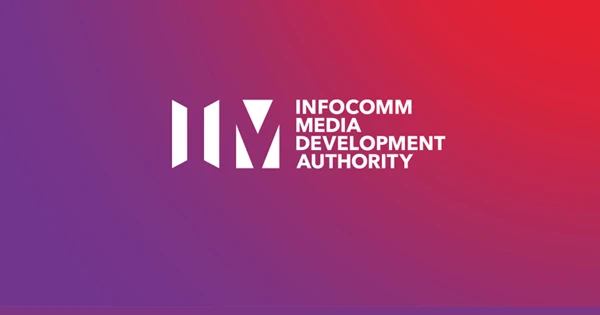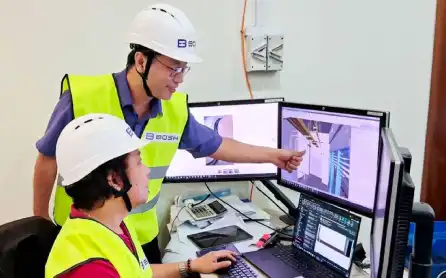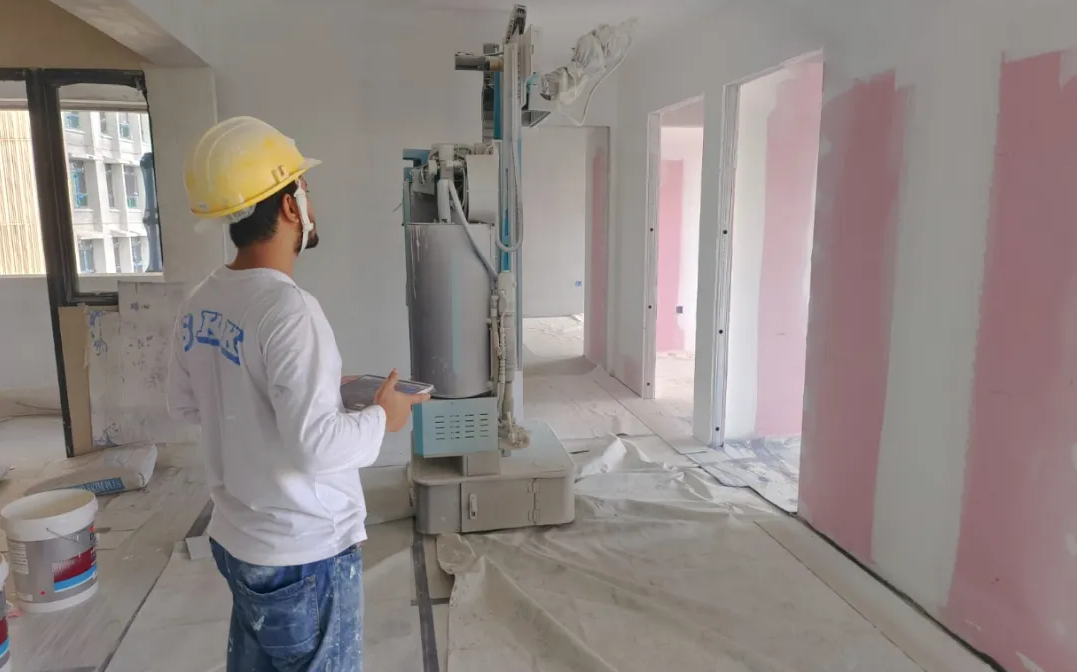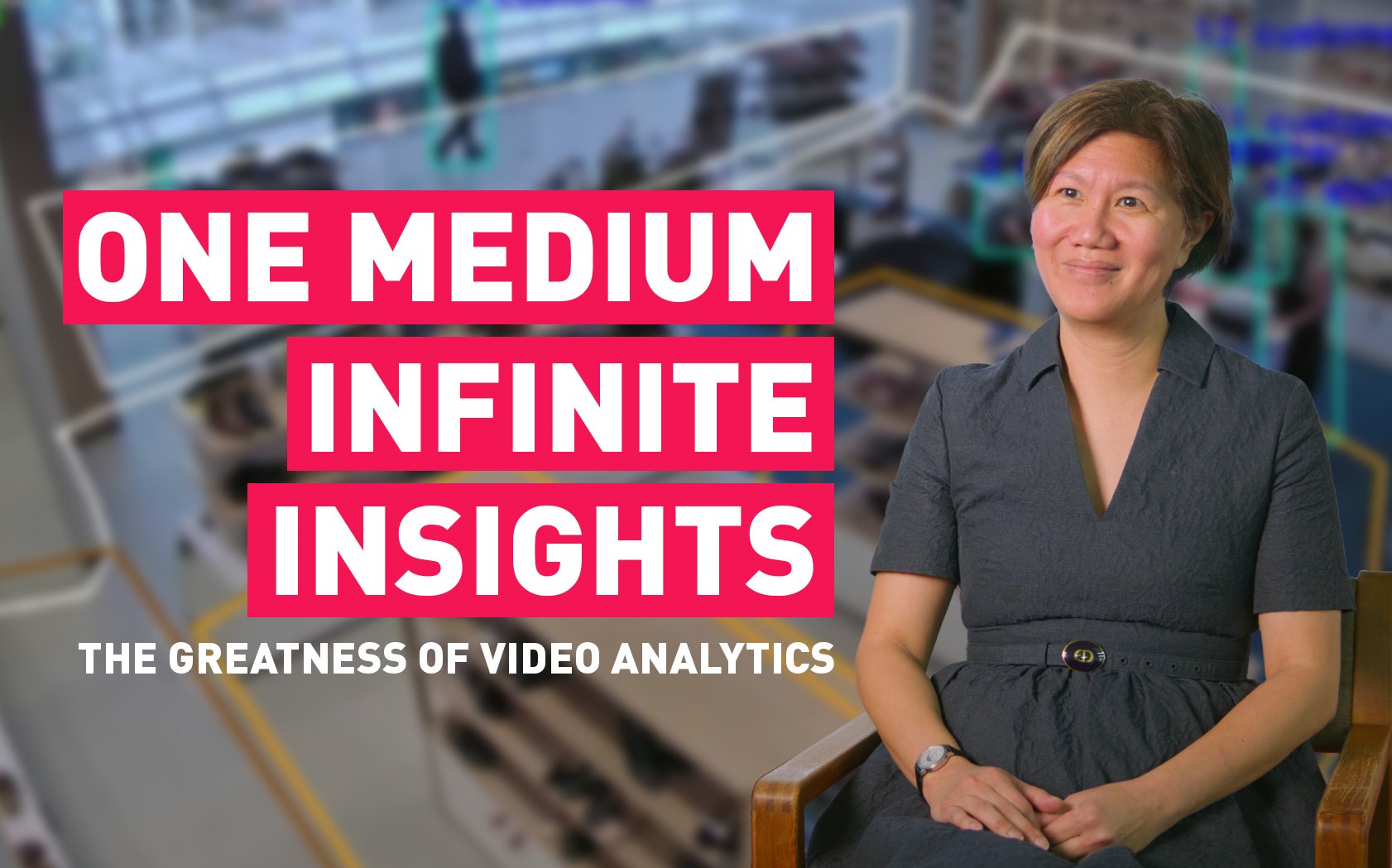
Allen & Gledhill’s GenAI Breakthrough in Legal Workflows
With Artificial Intelligence (AI) bursting on the scene, award-winning law firm Allen & Gledhill (A&G) wanted to utilise Generative AI (GenAI) as a means of augmenting the capabilities of their lawyers by automating some of the work processes. This leads to improved efficiency, allowing them to focus their efforts on value-added services for their clients.










